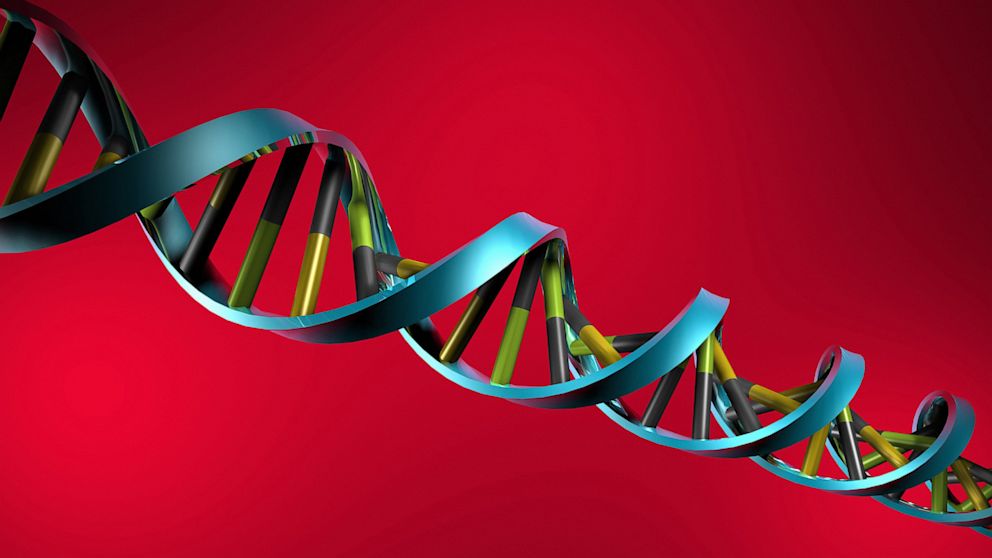What We Don't Know...
 |
| DNA helix with nucleobase. Getty Images |
The provocative new fertilization technique now been studied by the U.S. Food and Drug Administration may have similar unintended consequences. A two-day meeting has been scheduled to present as a "scientific, technologic and clinical" discussion related to that new fertilization technique meant to produce babies created from the DNA of three individuals. Out of this deliberation rises the ethical question whether government should sanction genetically modified humans.
There is, of course, a perfectly valid reason why medical scientists have developed such a technique. An American researcher, Dr. Shoukhrat Mitalipov, who conducts his work through the Oregon Health & Science University has, along with his staff produced five healthy monkeys with the use of the DNA-replacement technique they have pioneered. Dr. Mitalipov defends his work, describing it as "gene correction", and not "gene modification" which has very negative connotations.
"We want to replace these mutated genes, which by nature have become pathogenic to humans", he explained. "We're reversing them back to normal, so I don't understand why you would be opposing that." Dr. Mitalipov is seeking authorization to begin testing with a small number of women who carry defective genes that have the potential to lead to devastating diseases in children. Blindness; organ failure and epilepsy, for example.

In this
image made available by the Oregon Health and Science University, a
faint white blotch in the tube at right is DNA that has been removed
from a human egg, center. The red dot is from a laser used in the
procedure. Scientists have successfully transplanted DNA between human
eggs and grown them into early embryos. Someday that technique that may
let children avoid inheriting certain diseases - and give them genes
from another woman besides mom.
AP Photo/Oregon Health & Science University
Prominent critics oppose any human testing of this or any other approach; their argument, that it could represent a slippery slope toward "designer babies", where selective traits are chosen for appearance and intelligence. The researchers' technique is to remove the nucleus DNA from a healthy female donor's eggs, replacing it with the nucleus DNA of the prospective mother. Post-fertilization, the resulting child inherits the mother's nucleus DNA inclusive of most inherited traits, but gained with the use of the donor's healthy mitochondrial DNA.
 |
| Getty Pictures |
That broad spectrum of critics who are challenging the technique before the FDA panel claim that the process is fraught with serious medical, ethical and societal dilemmas. Chiefly, that the genetic alterations created with the use of this technique would then be passed down to future generations. The potential as they see it, is for the spread of unintended consequences.
The Center for Genetics and Society points out in a statement to the FDA that over forty countries all of which presumably have the potential for their own scientists to arrive at similar solutions through their own research -- including France and Germany -- have laws that ban human gene modification, passed on to future offspring. Britain, on the other hand, appears on the cusp of approval of the technique.
Labels: Bioscience, Family, Health, Medicine, Research, Science

0 Comments:
Post a Comment
<< Home